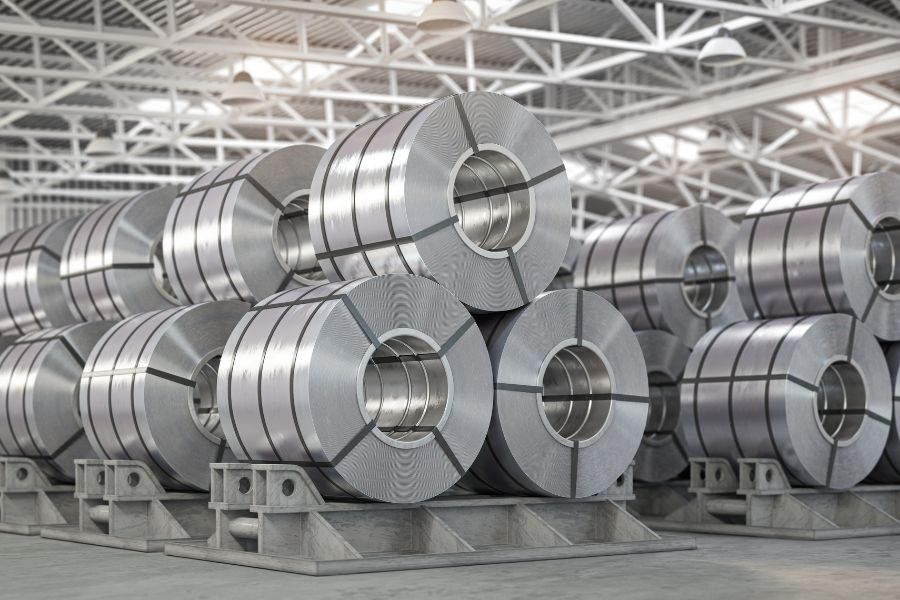Revolutionizing Steel Production: Trends and Insights in the Steel Industry
Discover the latest trends transforming the steel industry. From sustainability and cutting-edge technologies to global market trends, explore how steel production is evolving to meet the demands of a rapidly changing world. Join us as we delve into the future of steel.
Introduction: The global steel industry is undergoing a remarkable transformation driven by innovation, sustainability, and a commitment to quality. In this blog, we will explore the latest trends and insights shaping the future of steel production. As the backbone of countless applications, from construction to automotive, staying informed about these developments is crucial.
1. Sustainability in Steel
- Emission Reduction: The steel industry is actively reducing its carbon footprint through cleaner production processes, energy-efficient technologies, and carbon capture initiatives.
- Recycling: Recycling steel is a cornerstone of sustainability. Approximately 86% of steel in construction applications is recycled, helping conserve resources and reduce waste.
- Renewable Energy: An increasing number of steel producers are investing in renewable energy sources, such as wind and solar power, to reduce their environmental impact.
2. Advanced Manufacturing Technologies
- Automation: Automation and robotics are revolutionizing steel production, enhancing precision and efficiency while reducing labor costs.
- AI and Machine Learning: These technologies are used to optimize processes, improve quality control, and predict maintenance needs.
- Internet of Things (IoT): IoT sensors are deployed to monitor equipment, enhance safety, and ensure a smooth production flow.
3. Global Market Trends
- Trade Policies: Explore the impact of international trade policies, tariffs, and trade tensions on the steel market.
- Emerging Markets: Investigate how the growth of emerging economies is driving steel demand and reshaping the industry's landscape.
4. Innovations in Steel Alloys
- High-Strength Alloys: New steel alloys are engineered for superior strength, making them ideal for lightweight, high-performance applications.
- Corrosion Resistance: Developments in corrosion-resistant alloys are extending the lifespan of steel components, particularly in challenging environments.
5. Digital Twins and Predictive Maintenance
- Digital Twin Technology: Understand how digital twin technology is used to create virtual replicas of physical equipment, enabling real-time monitoring and optimization.
- Predictive Maintenance: Predictive analytics and AI-driven models are reducing downtime by forecasting maintenance needs, preventing costly breakdowns.
6. Challenges and Opportunities
- Skilled Labor Shortage: The industry is grappling with a skilled labor shortage, emphasizing the need for training and education programs.
- Infrastructure Projects: The growth of infrastructure projects, including bridges, roads, and public transport, offers significant opportunities for steel producers.
7. Steel in the Circular Economy
- Recycling and Reuse: Learn how the steel industry plays a vital role in the circular economy by recycling and reusing steel materials.
- Sustainable Design: Explore eco-friendly construction and design practices that promote sustainability and minimize environmental impact.
Conclusion: As we navigate the ever-evolving world of steel production, it's clear that sustainability, innovation, and adaptability are key. The steel industry's commitment to reducing emissions, harnessing advanced technologies, and exploring new alloys sets the stage for a promising future. By staying informed and embracing these industry insights, we can contribute to a more sustainable, technologically advanced world. The steel industry remains a driving force in countless applications and continues to shape the modern world.





